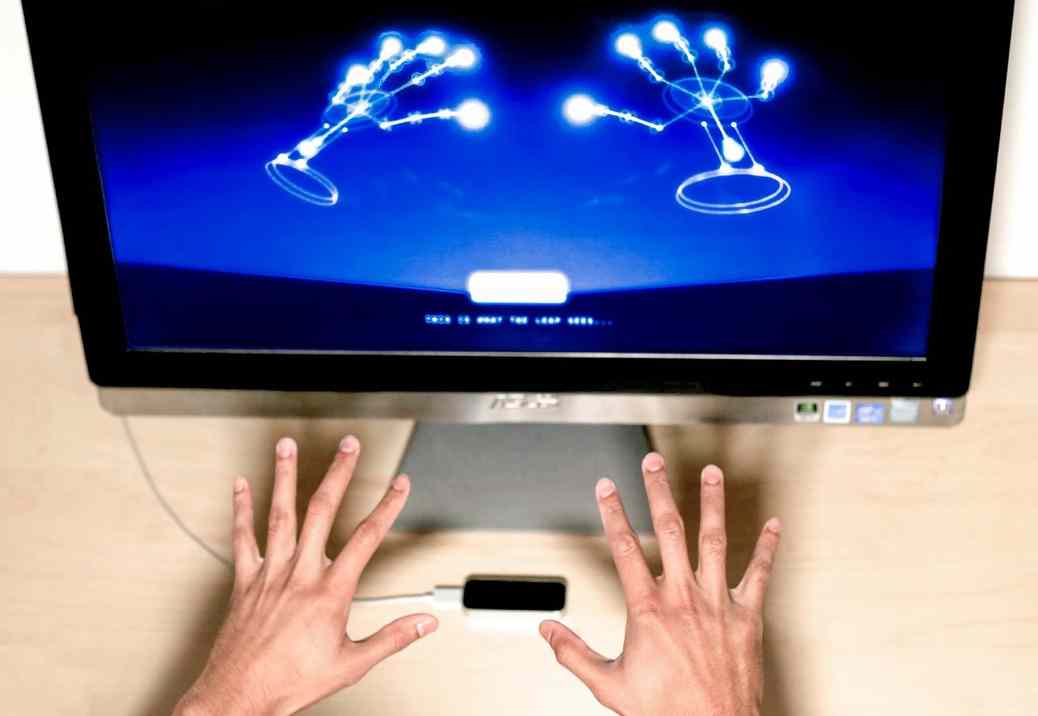Communications of the ACM
Alternatives For the Mouse-Averse

The Myo armband reads electrical signals in forearm muscles, as well as motion and rotation information, to allow a user to move or control an object on a computer screen.
Credit: Thalmic Labs
In September, a new device that purportedly will allow you to control computers and other electronics via arm motions will join other gestural controllers that are breaking ground in computer interfaces.
The new device is the Myo armband from Thalmic Labs, a four-ounce bracelet that reads the electrical signals in forearm muscles, along with motion and rotation, to enable a user to move or control an object on a computer screen.
The best-known gestural interface today is Microsoft's Kinect, the controller introduced for the company's Xbox gaming system in 2010. The Kinect uses a camera, infrared projector, and sensor to track the body movements of one or more people. Kinect is very popular; introduced in 2010, 24 million units had been shipped by February 2013. Kinect works well for large body movements, such as those for controlling an on-screen avatar, but it can’t be considered a replacement for a mouse or trackpad.

The Leap Motion Controller, on the other hand, can be used in place of a mouse or trackpad. The Leap, which debuted in July 2013, uses LEDs and small camera sensors to track the movements of a user's hands and fingers in three dimensions. Depending on the capabilities of the software it is used with, the user can move objects on screen, play a shooting game, interact with 3D models, and more.

Another camera-based device on the horizon is SixthSense, currently under development by Pranav Mistry of the Fluid Interfaces Group at the Massachusetts Institute of Technology (MIT) Media Lab. Still in prototype form, SixthSense uses a pocket projector and a camera worn together in a pendant around the user's neck and connected to a mobile device in the user's pocket. The projector creates visual context (such as a keyboard) on a physical object, and the camera tracks the motion of the user's arms and fingers (aided by colored markets on each fingertip) to interpret their interaction with the visual context.

The Myo captures both fine finger-level motion and larger arm motions, says Thalmic cofounder and CEO Stephen Lake. He explains that camera-based devices define either a large big space in which the sensor detects large movements, or a small space with a sensor that detects fine movements. The Myo, he says, doesn't face that tradeoff, and "can be used to control presentations with PowerPoint and Keynote, music through iTunes, and video using VLC or Netflix." Lake says Thalmic Labs will create applications for the device and make them available through its Myo Market application store, set to launch this fall.
Lake sees greater potential for the Myo than just controlling everyday computer functions. "The Myo armband is changing the way we interact with technology," he says. While computer users really haven't moved past buttons and touchscreen interfaces, a device like the Myo armband "allows devices to evolve in ways that simply weren't possible before," according to Lake.
Some are dubious devices like the Myo will catch on. William Halal, professor emeritus of Management, Technology, and Innovation at George Washington University and president of strategic consulting firm TechCast Global, says, "In-the-air gesture technologies are failing to become mainstream because they do not provide the 'direct control' of normal interfaces like the mouse. They seem alien and unsatisfying as people want to touch and move something real."
Don Norman, director of the Design Lab at the University of California, San Diego, and author of The Design of Everyday Things, says gestural interfaces' potential should not be judged by their current iterations. "Will any of the particular ways these companies are experimenting last?" he asks. "Who knows? But I don't think that's important. What's important is that they signal a change in the way things are going to happen."
Norman says the fate of gestural interfaces will not be clear until they have been out in the world for a while, partly because the inventors of a device tend to think of it in terms of what they already know. "We know how to use a traditional computer with a keyboard and a mouse and maybe a touchscreen," he says. "So we use this exciting new technology to do those old dull, routine tasks. But the best ones will not be used to replace what we do today; they'll be used to allow us to do things we haven't even thought of yet."
Logan Kugler is a freelance technology writer based in Clearwater, FL. He has written for over 60 major publications.
No entries found